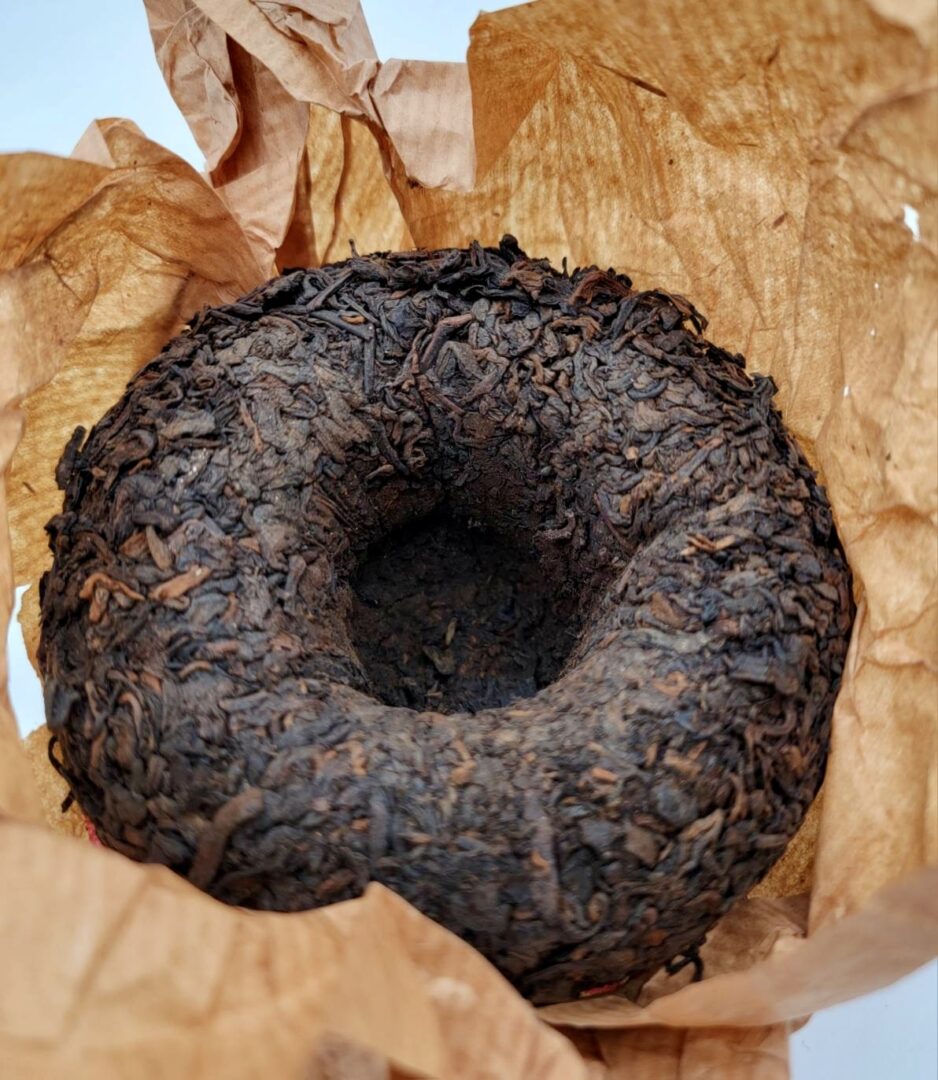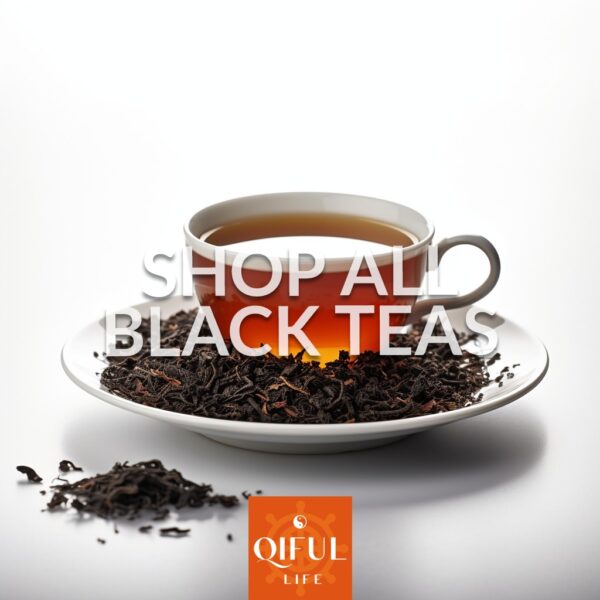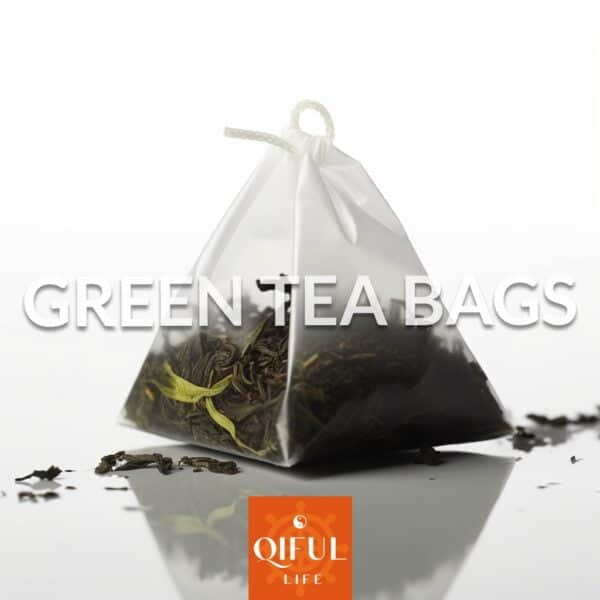Gourmet Tea » Tea Blog » Tea Information » Xiaguan Tea Factory: A Legacy of Puerh

Xiaguan Tea Factory: A Legacy of Puerh
Xiaguan Tea Factory, originally known as Kangzang Tea Factory before the name change in the 1950s, played a pivotal role in establishing Yunnan as one of the leading specialist tea-producing regions in the East. It produces hundreds of teas and is best known for Puerh varieties like tuocha—a type of dark/fermented tea that undergoes a process known as wet piling.
Xiaguan Tea Factory Overview
| Attribute | Details |
| Founded | 1941 (originally Kangzang Tea Factory) |
| Renamed | 1950s – Became Xiaguan Tea Factory |
| Restructured | 1994 – Became Yunnan Xiaguan Tuocha Co., Ltd. |
| Headquarters | Dali, Yunnan Province, China |
| Notable Products | Tuocha, Jia Ji, Cang Er Tuo |
| Total Tea Varieties | ~200 |
| Employee Count | 1,000+ |
History of Xiaguan Tea Factory
The Xiaguan Tea Factory began operations in 1941, but tuocha—the tea that brought fame to the factory—dates back several decades earlier. The company merged with many smaller tea producers and adopted the name “Xiaguan Tea Factory” in the mid-50s. In 1994, it restructured and became Yunnan Xiaguan Tuocha Co., Ltd.
Based in Dali in the southwestern Chinese province of Yunnan, the company experienced a huge surge in demand for Puerh tea during its early years, reaching a record 50 tons of tea in 1955. The company expanded further and transformed its initial mushroom-shaped teas, bricks and then round cakes.
Xiaguan Tea Factory produced Xiaguan tuocha as one of its first teas, and it remains the most popular. The factory presses this iconic fermented tea into bowl shapes. This shape originated as a transport-friendly solution for exporting teas on caravans. These tightly packed cakes deliver a strong, malty, and earthy brew. The tea tastes smoky, slightly fruity, and emits a damp, earthy, yet pleasant aroma.
The Xiaguan Tea Factory includes about 200 different tea varieties in its catalog, most of which fall under the Puerh category. These include Jia Ji, a strong tea with hints of fruit and dark chocolate, and Cang Er Tuo, a type of tuocha the factory first produced in 1960.
Table 2: Signature Xiaguan Teas
| Product Name | Type | Notes |
| Tuocha | Shou/Sheng Pu’erh | Iconic bowl-shaped compressed tea; malty, smoky, earthy |
| Jia Ji | Shou Pu’erh | Bold, with fruit and dark chocolate notes |
| Cang Er Tuo | Tuocha | First produced in 1960; rich and traditional |
Xiaguan’s Raw (Sheng) vs. Ripe (Shou) Offerings
Ripe or “shou cha” Puerh ferments quickly. Producers age the tea in a warm, humid environment over many months. Raw or “sheng cha” uses traditional fermentation and takes years to develop into a rare and often more expensive tea.
Xiaguan applies both methods to produce a selection of fermented teas. Its most sought-after raw tea sells for hundreds of dollars per cake. The factory marks each cake with a pressing date and may use either a single varietal or a blend. These cakes vary greatly in flavor and aroma. They often taste floral, slightly bitter, and sweet, with grassy and vegetal notes.
Ripe Puerh teas taste woodier, with tobacco and oak notes and a natural sweetness similar to honey.
Drinkers and collectors alike seek out raw teas the most. Like fine wines, raw Puerh improves with age, and older teas usually command higher prices.
Table 3: Raw (Sheng) vs. Ripe (Shou) Pu’erh Characteristics
| Feature | Raw (Sheng) Pu’erh | Ripe (Shou) Pu’erh |
| Fermentation Time | Slow, natural (years) | Accelerated (months) |
| Flavor Profile | Floral, bitter, vegetal, grassy | Woody, earthy, tobacco, honey |
| Aging Value | Appreciates over time | Less dramatic but stable |
| Popularity | Most sought-after by collectors | Popular for daily drinking |
| Typical Form | Cakes, tuocha, bricks | Cakes, tuocha, bricks |
Processing Style & Craftsmanship at the Xiaguan Tea Factory
Xiaguan Tea Factory traditionally used cloth-bag molds to press tea. As demand soared in the fifties, the company switched to aluminum molds. After fermentation, workers press the maocha (an unfinished, processed tea ready to be shaped) into these molds using hydraulic presses.
As one of China’s biggest and oldest Puerh producers, Xiaguan draws on decades of experience when producing fermented teas. It selects high-quality varietals for its blends and expertly ferments and ages them using time-tested methods. Its young Puerh typically carries floral and bitter notes, while smoky and woody flavors develop as the tea matures.
Aged Puerh displays complexity and refinement comparable to aged whisky or wine, offering flavors that range from dried fruit and spice to sweet honey and wild mushrooms.
Table 4: Xiaguan Tea Processing Methods
| Stage | Description |
| Plucking | Harvest high-quality leaves |
| Fermentation | Age in warm/humid (shou) or over time (sheng) |
| Shaping | Press into molds using hydraulic presses |
| Mold Type | Cloth bags (historically), Aluminum (post-1950s) |
| Aging | Stored in various conditions for flavor development |
Aging, Storage & Collectability
Xiaguan tuocha often commands high prices, and the company’s strong reputation ensures that its teas retain value in the secondary market. The company’s most expensive teas are raw Puerh cakes from the 1970s or 1980s. Xiaguan produced these during a period of rapid growth, and after more than 50 years of aging and gradual ripening, they rank among the most complex teas available.
A single cake of raw Puerh may sell for hundreds or even thousands of dollars. That price still falls far below the most expensive teas in the world, where some aged Pu’erh sells for hundreds of thousands per cake.
Age doesn’t solely determine price and quality. The storage method also matters. Warm and humid environments accelerate fermentation and bring the tea to readiness sooner. Dry environments allow for slow aging, which takes longer but creates a more complex and nuanced flavor profile.
Table 5: Xiaguan Packaging Shapes
| Shape | Description | Purpose |
| Tuocha | Bowl shape | Easy transport on caravans |
| Cakes | Disc shape | Traditional storage and aging |
| Bricks | Rectangular blocks | Compact for trade and storage |
| Balls | Spherical (rare for Xiaguan) | Occasional novelty items or blends |
How to Identify Authentic Xiaguan Factory Teas
Counterfeiters have targeted Xiaguan teas, as they do with any sought-after product from a respected brand. These imitations may look real and even share similar pricing, but they fail to match the flavor of genuine Xiaguan tea.
Proper Branding
Check for more than just the company name. Genuine Xiaguan teas display factory codes that you can verify online and date stamps. When purchasing a premium, aged tea, research the packaging to confirm that it matches the production year. Counterfeiters often make mistakes here by using newer packaging on older-dated teas.
The Price
Counterfeit teas may match the price of the real thing, but more often, they cost significantly less. Since counterfeiters want to lure buyers away from genuine products, they frequently rely on a lower price to entice purchases.
The Seller
Only purchase Xiaguan teas from reputable suppliers who work directly with the factory. Look for companies that back up their legitimacy claims with official registration, customer testimonials, and positive reviews.
Xiaguan’s Role in Yunnan Tea Culture
Xiaguan plays a central role in the Puerhtea industry. It ranks among the “big three” legacy Puerh factories along with Menghai and Kunming. Xiaguan consolidated with several local producers early on and adopted the name Xiaguan Tea Factory in the 1950s. One of the company’s biggest turning points occurred during privatization in the early 2000s.
As China transitioned to a market-oriented economy, it moved Yunnan Xiaguan Tuocha Co. into private ownership, giving the company greater control over its operations and direction. What began as a collection of modest tea producers exporting to Tibet and nearby regions has become a national powerhouse. Xiaguan now employs over 1,000 workers, produces over 200 tea varieties, and ships countless tons of pressed tea annually.



